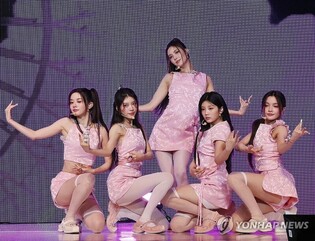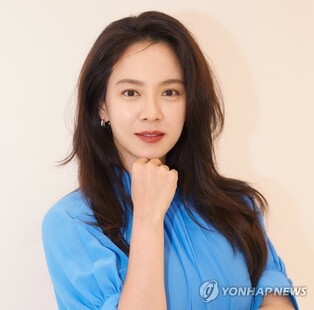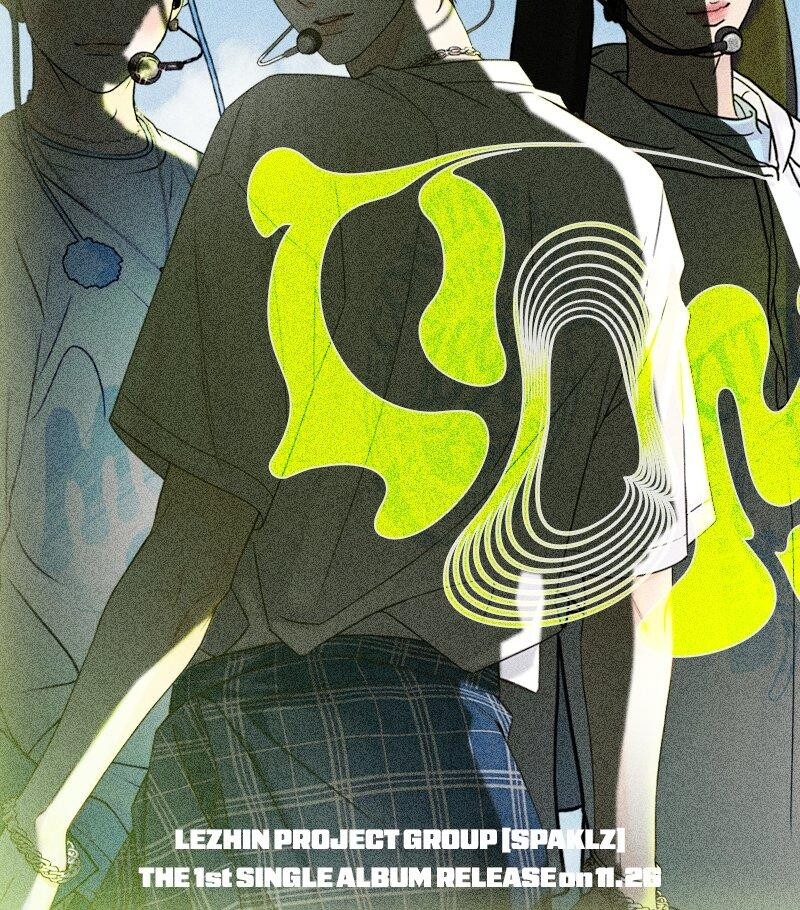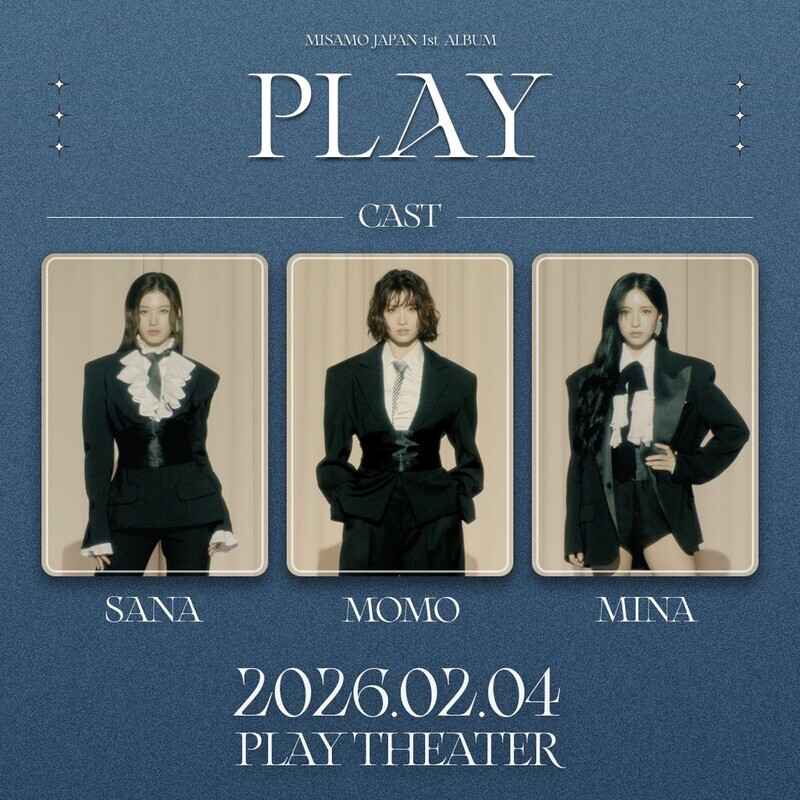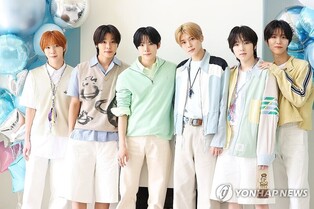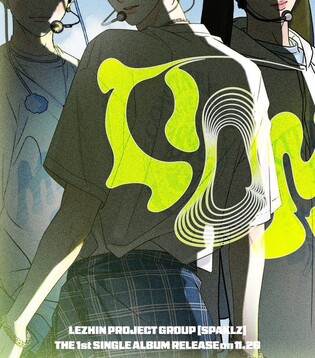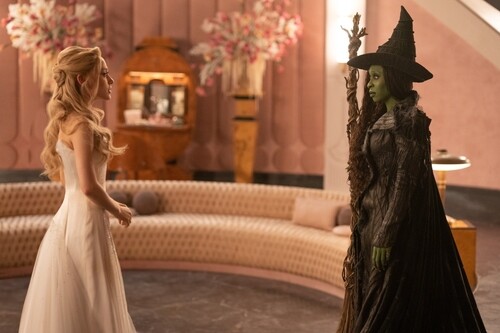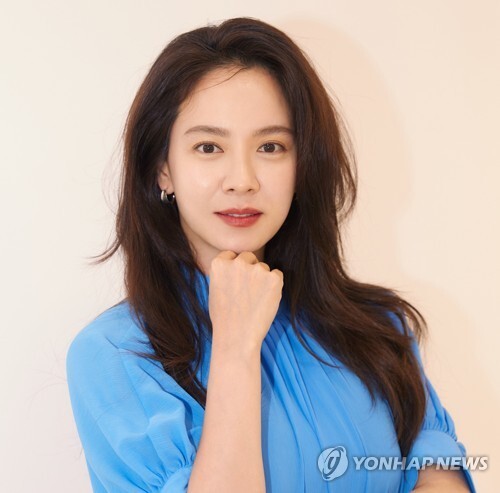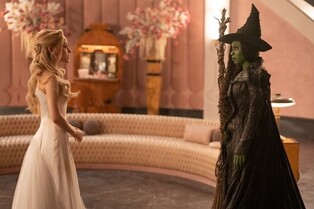
The "Owon Jang Seung-eop Art Exhibition" is open until the end of May. Remembering this suddenly, I decided to detour my car towards the museum on my way to work. From the alley entrance, a line of people stretched out. I wondered why. Could all these people really be here to see Owon Jang Seung-eop at the Kansong Art Museum? Half in disbelief, I drove through the crowd, hoping to find a parking spot. To my surprise, a parking attendant directed me to enter the Seongbuk Elementary School playground across the street.
Since it was a Saturday, the playground was empty except for dozens of parked cars. I found a spot at the far end and walked towards the Kansong Art Museum. It was then that I realized the situation. Without my knowledge, Owon Jang Seung-eop had become the most popular artist in South Korea. Groups of elementary, middle, and high school students, art college students, families with children, elderly Korean painting fans, groups of housewives, people who looked like real artists, and pure enthusiasts like me were all there.
The museum was so crowded that there was no room to step even in the front yard. Inside the building, all I could see were the heads of people standing on tiptoes. The counter selling catalogues was packed, the stairs to the second floor were packed, and it was the first time I had seen such a scene. With no other choice, I let myself be carried by the flow into the room. The indoor temperature was stifling due to the hot weather outside, mixed with the smell of sweat, making it the worst environment for appreciating art. Additionally, the backpacks of young people and the shoulder bags of women in front of me were major obstacles.

It was nearly impossible to see the upper parts of the large scrolls on the walls or the small paintings displayed on the floor showcases. The reason for the congestion was elementary students copying Chinese characters from the paintings into their notebooks, high school girls writing their impressions, college students sketching, chattering housewives showing off their knowledge, and fathers quietly explaining things to their children. This made the line hardly move, turning the room into a noisy market.
However, the silver lining was that all this inconvenience and chaos stemmed from the love for art, the love for the artist, the love for cultural heritage, and the love for Owon. This was truly heartwarming. No matter how many people there were or how long it took, it was not a cause for frustration but rather a reason to respect and thank everyone there.
The surge in Owon Jang Seung-eop's popularity can be attributed to the movie "Chihwaseon." Just as "Seopyeonje" suddenly increased the number of Korean traditional music fans and popularized "Jindo Arirang," "Chihwaseon" made Owon a household name. The title was appealing: "Drunken Painting Immortal." Im Kwon-taek depicted Owon as an immortal who paints while intoxicated, a concept that struck a chord with people. The screenplay, completed with the persuasive touch of Kim Yong-ok, also played a significant role.
With music by Kim Young-dong, cinematography by Jung Il-sung, and a stellar performance by Choi Min-sik, the film won the Best Director Award at the 2002 Cannes Film Festival. It had all the elements of a blockbuster, and it indeed became one, making Owon a famous figure. Many people now mistakenly believe Owon Jang Seung-eop is the greatest painter in Korean history, which, from the perspective of promoting Korean art and culture, is not entirely a bad thing.
In December 2000, Il-lang Lee Jong-sang, the director of the Seoul National University Museum, held an exhibition and seminar focusing on works by Owon owned by the university. Attending that seminar, Im Kwon-taek, realizing the potential for a successful film about Owon, decided to proceed with the project. He consulted with Il-lang, who, recognizing the crisis facing Korean painting at the time, agreed to assist.
Il-lang persuaded his students to help, and among them, Kim Seon-doo stepped forward to act as Owon's hand double for painting scenes in the movie. Driven by a mission to revive Korean painting, they worked without compensation. The film's success led to a surge in interest in Korean painting, and seven participating artists held an exhibition titled "Meeting Chihwaseon through Paintings." However, the scene of Choi Min-sik painting "Dream Journey to the Peach Blossom Land," an artwork from 1973 by Il-lang, led to some misunderstanding that Il-lang had copied Owon.
Personally, I never particularly liked Owon. I preferred the realm of literati painting, valuing its high spiritual and noble realms, which Owon's intense artistic spirit lacked. He was ignorant of scholarly elegance and literary fragrance, and even admitted he didn't understand it due to his lack of education. His inscriptions and seals were done by his disciples because he couldn't do them himself.
He was an unpredictable character with unknown birth and family background, rebellious even to the king's orders. His disciples later became county magistrates and officials, contrasting with Owon's free-spirited, alcohol-driven life. This gives rise to mixed evaluations of him. Nevertheless, he lived fiercely in his time, providing great comfort and inspiration to the people of Joseon.
Kansong Art Museum experienced an unexpected boom, likely not anticipating such an explosive response. To enhance the limited number of Owon's works, they held an exhibition titled "Owon Art School Exhibition," showcasing works by Owon's disciples and their lineage, such as Sorim Jo Seok-jin, Simjeon Ahn Jung-sik, Baekryeon Ji Un-young, and Wisa Kang Pil-joo. This expanded the presence of Owon's limited works and elevated his status through his disciples.
The art school lineage continued through figures like Cheongjeon Lee Sang-beom, Sorim Jo Seok-jin, Sojeong Byeon Gwan-sik, and Shim San No Soo-hyun, forming a prominent part of Korean art history. Thus, Owon stands at the beginning of this lineage.
Stepping out of the bustling exhibition hall filled with young people, I took a moment in the courtyard to breathe the fresh air and reflect. Were those beautiful paintings truly safe in such conditions? The sight of worm-eaten and moth-eaten spots on the paintings raised concerns about the museum's inadequate facilities. Issues of constant temperature and humidity, fire hazards, and security weaknesses seemed worrisome. The increased awareness and appreciation for Korean art, as shown by the large turnout, was welcome, but it also exposed vulnerabilities in management. The tragedy of losing Namdaemun, National Treasure No. 1, should make everyone more cautious in handling cultural assets, but it seemed that lesson had already been forgotten.
May 24, 2008.
(C) Yonhap News Agency. All Rights Reserved



















